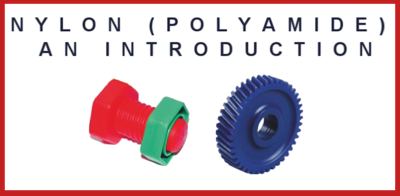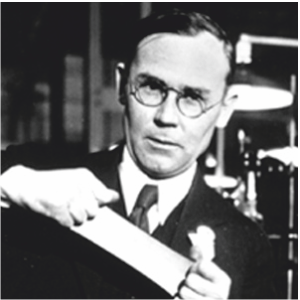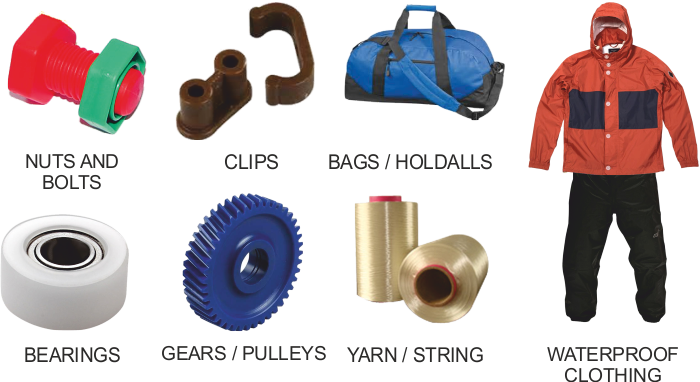

Nylon is now used in a wide and varied range of products. These include nylon nuts, bolts, washers, screws, tools, packaging and even parts for cars. The list is endless and includes clothing / textiles.
Physical Properties: Nylon is an excellent insulator, preventing electricity flowing through it. For this reason it is often found inside electrical products, as parts that help to provide insulation. It has really good mechanical properties, as it is strong, durable and tough, with very little ‘give’. It produces very little friction and can be used as a material for plain bearings, as it does not need lubrication. Consequently, nylon is used in the manufacture of screws and insulation spacers for motors. It is resistant to corrosion.
Machinability: Nylon can be machined into precision parts, using standard engineering equipment, such as centre lathes and milling machines. It can be cast, injection moulded and extruded, which allows it to be manufactured into a vast range of precision products.
